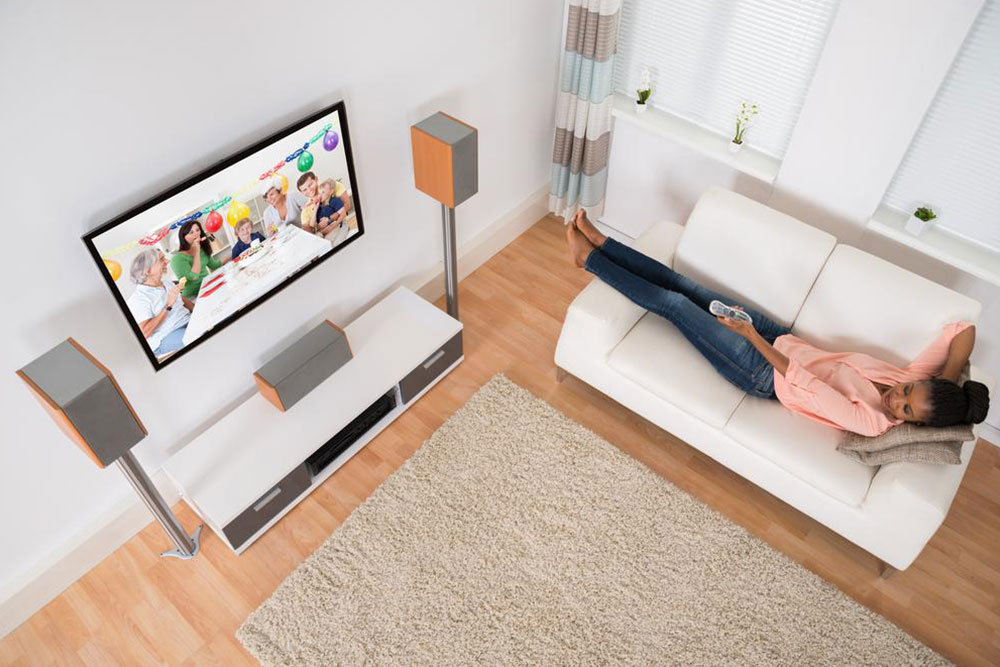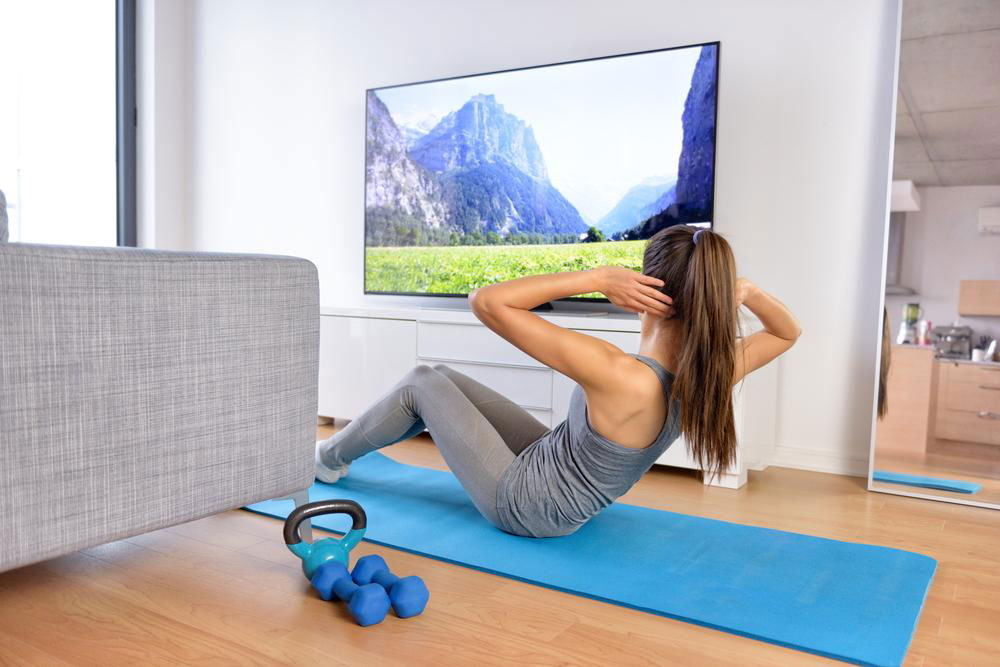Understanding the best TV resolutions
When you purchase a TV for your home, it is a long-term investment. Therefore, it is vital that you conduct a good amount of research before you buy a TV.
Best TV resolution is a key factor which should be a concern area when you purchase a television.
- LED television basics
LED TVs have been designed by sandwiching of liquid crystals between glass panels. This makes it amongst the best TV resolution sets, and they are way ahead of LCDs in this aspect.

When you think about the best TV resolution, it essentially means that the pixel measurement of the screen is finely done. This technique is known as native resolution.
This concept is measured as height x width. LED screen often comes with a defined number of pixels, and these are known as fixed pixel displays. This means that if the information coming from a screen is received, the details of the same are shown in native resolution. If a video signal is sent with a low native resolution, this is enlarged to act as a fill a for complete native resolution.
When a mention of best TV resolution is made, the aspect ratio is certainly discussed. This ratio refers to a specific number according to which the representing width is displayed in relation to the height. Two primary aspect ratios are used in television; 4:3 is the standard ratio while 16:9 is the widescreen ratio.
Two primary kinds of scanning are about television. These are interlaced and progressive scanning. Scanning is referred to as names in which the screen updates and after that changes the image. Letters “p” and “I” usually represent the scanning value.
In case of a mismatch between native and source resolution, the image is scaled so that it matches the native resolution of the television. In case, a person is watching a movie which has a 1080p resolution on any 720p LED television, the signal will get downscaled to 720p.
When you are shopping for a LED television, it is very important that best TV resolution is a guiding factor in any purchase you make. This can be kept in consideration by focusing on some important factors.
The bigger the size of the screen; more are the chances of details being evident. In larger screens, higher resolution is naturally required so that high standard is maintained in picture quality. If however, the source quality is bad or the screen is very large the HD resolution will appear like a normal screen.
Viewing distance also affects resolution. The closer a person sits to the screen, better are the chances of their being able to see pictures in good resolution.
Do your research and get the best television for yourself.
Disclaimer:
The content provided on our blog site traverses numerous categories, offering readers valuable and practical information. Readers can use the editorial team’s research and data to gain more insights into their topics of interest. However, they are requested not to treat the articles as conclusive. The website team cannot be held responsible for differences in data or inaccuracies found across other platforms. Please also note that the site might also miss out on various schemes and offers available that the readers may find more beneficial than the ones we cover.




